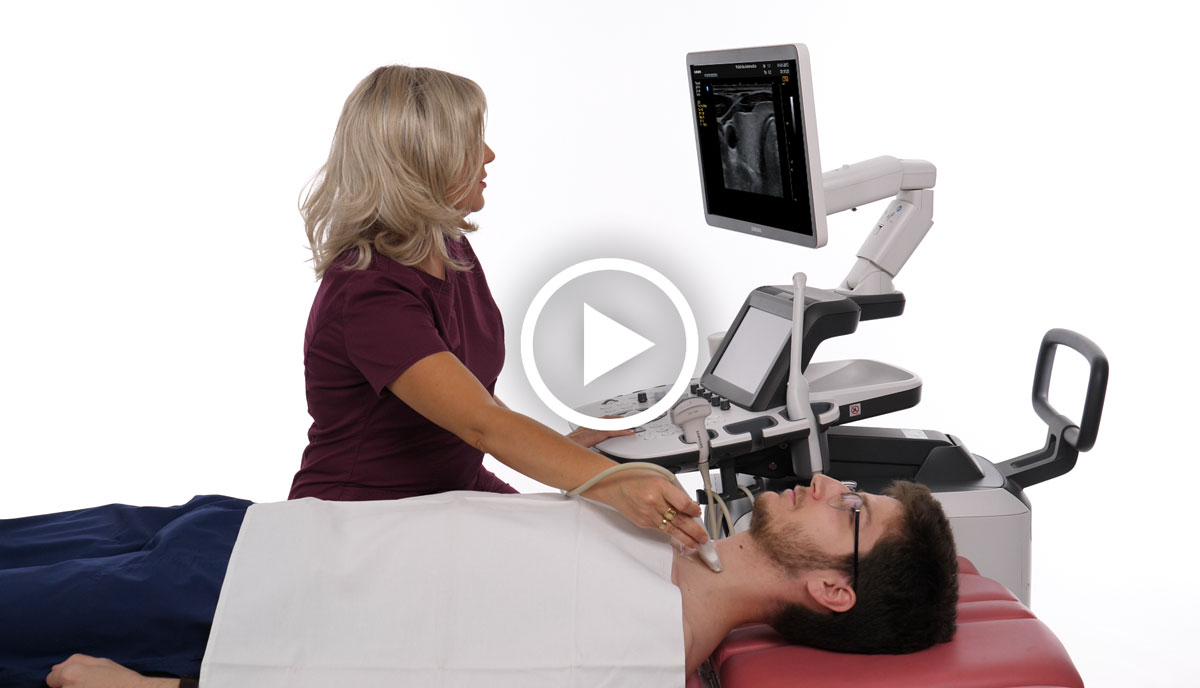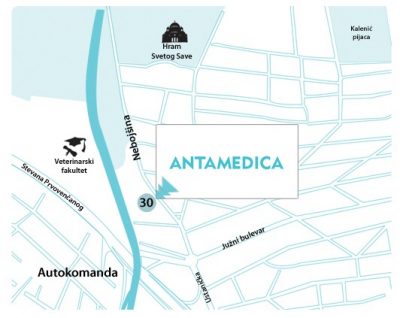Color Doppler of the Blood Vessels of the Neck
Color Doppler of the blood vessels of the neck is a diagnostic procedure that uses color Doppler ultrasound technology to analyze the blood flow through the blood vessels in the neck area.
This method uses the Doppler effect to allow the display of changes in the speed of blood flow through the blood vessels of various organs, allowing doctors to assess vascular function and identify possible problems.
The working principle of color doppler is based on the use of ultrasound waves that are reflected by red blood cells in motion.
When ultrasound waves are reflected by red blood cells moving toward or away from the sensor, a change in the frequency of the sound occurs.
Color Doppler technology adds color to the ultrasound image to visualize the direction of blood flow: red usually indicates blood flow toward the sensor, while blue indicates blood flow away from the sensor.

Color Doppler of the blood vessels of the neck is performed using an ultrasound probe that is placed on the patient’s neck.
The duration of a Color Doppler examination of the blood vessels of the neck depends on several factors, including whether the examination is performed on one or both sides of the neck, as well as whether the examination is performed as part of a preventive examination or as part of a diagnostic process. On average, the examination lasts about 20 minutes.
Color Doppler of the neck blood vessels is often used to assess blood flow in the carotid arteries (arteries that supply blood to the brain), jugular veins (veins that return blood from the head), and other neck blood vessels.
This diagnostic procedure can help detect narrowing or blockage of blood vessels and is often used to monitor patients at risk of stroke or other vascular problems in the neck, and is recommended for people with elevated blood fats, and smokers, and as a preventive screening that may indicate impending stroke.
Who are the courses and trainings intended for?
Who are the courses and trainings intended for?
• General practitioners, residents, specialists, and subspecialists in various medical fields who want to gain basic and advanced knowledge and skills for independent performance of ultrasound and color Doppler diagnostics.
• Doctors trained to perform ultrasound and color Doppler examinations but unable to conduct a sufficient number of ultrasound examinations in daily practice to stay trained for routine ultrasound examinations.
• Experienced doctors who want to refresh their knowledge, receive a certificate, and earn points for license renewal.

